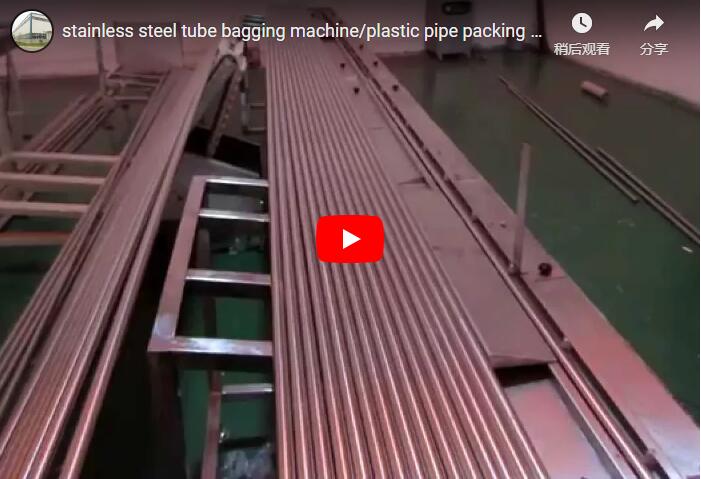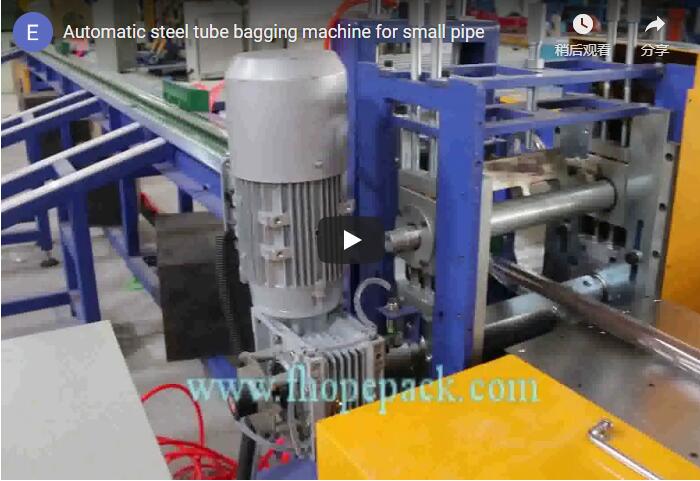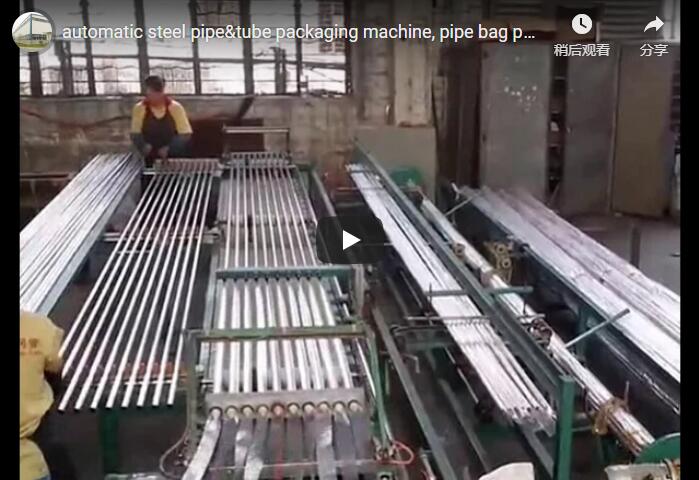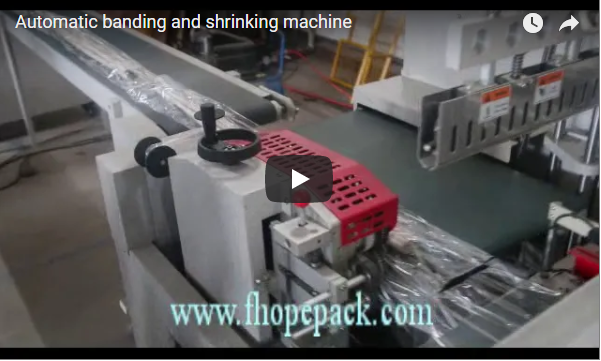Enhancing Steel Rod Packaging: A Technical Overview of Automatic Bagging Machines
Handling and packaging long, heavy items like steel rods presents unique challenges in industrial environments. Manual processes can be slow, labor-intensive, and pose safety risks. Automatic steel rod bagging machines offer a streamlined, efficient, and safer alternative, crucial for industries ranging from construction supply to metal manufacturing. This overview delves into the technical aspects, applications, and considerations surrounding this essential industrial equipment.
1. Core Functionality of Steel Rod Bagging Machines
A Steel Rod Bagging Machine is specifically engineered to automate the process of encasing steel rods (including rebar and similar long metal products) into protective bags. This automation enhances throughput, improves package consistency, and significantly reduces manual handling requirements.
The machine typically operates through a sequence of integrated systems:
- Feeding System: This mechanism receives individual rods or pre-counted bundles, aligning and spacing them correctly for entry into the bagging unit. Precision feeding is critical for consistent packaging speeds and quality.
- Bagging Unit: Utilizes pre-formed bags or, more commonly, forms bags from a continuous roll of plastic film (like PE or reinforced polymers). The rods are inserted into the bag or the film is wrapped around them.
- Sealing System: Once the rods are encased, a sealing mechanism (often using heat sealing) creates a secure closure at both ends of the bag. This protects the contents from environmental factors like moisture, dirt, and corrosion during storage and transport.
- Cutting and Discharge: The bagged rod or bundle is then cut from the roll (if applicable) and discharged onto a conveyor or collection area, ready for shipping or storage.
- Control System: Typically managed by a Programmable Logic Controller (PLC) with a Human-Machine Interface (HMI) touchscreen, allowing operators to set parameters (bag length, speed, counts), monitor operation, and troubleshoot issues.
2. Key Technical Specifications
While specific configurations vary, the following parameters provide a general guide to the capabilities of typical automatic steel rod bagging machines.
Note: The parameters listed below are representative examples. For exact specifications matching specific equipment or application needs, direct consultation with manufacturers is recommended.
- Machine Type: Automatic Bagging System
- Suitable Products: Steel Rods, Rebar, Profiles, Tubes, and other long, rigid metal products.
- Bag Material Compatibility: Polyethylene (PE) film, PVC, Woven fabrics, Heavy-duty industrial polymer films.
- Operational Speed: Variable, potentially up to 10-15 bundles per minute depending on rod length, diameter, and bundle size. (Original spec "100 rods per minute" might refer to individual rods within bundles or a different machine type; bundle speed is often more relevant for industrial lines).
- Rod Diameter Range: Typically accommodates diameters from 5mm up to 50mm or more, depending on the model.
- Rod/Bundle Length: Designed for various lengths, often ranging from 3 meters to 12 meters or customized. Bag length is adjustable accordingly.
- Power Supply: Standard industrial power, commonly 380V/480V, 50/60Hz, 3-phase.
- Control System: PLC (Programmable Logic Controller) with touchscreen HMI for intuitive operation, parameter adjustment, and diagnostics.
- Approximate Machine Footprint: Varies significantly based on configuration (e.g., Length: 3000mm-6000mm+; Width: 1500mm-2500mm; Height: 1500mm-2200mm).
- Safety Features: Includes Emergency stop buttons, safety guarding/shields, interlocking access doors, and sensor-based fault detection.
- Operational Environment: Designed for industrial environments, typically operating within a temperature range of -5°C to 45°C.
- Compliance: Often built to meet CE, ISO, or other relevant regional safety and quality standards.
- Energy Efficiency: May incorporate features like Variable Frequency Drives (VFDs) on motors to optimize energy consumption.
- Maintenance: Designed for durability with considerations for ease of access for routine maintenance and component replacement.
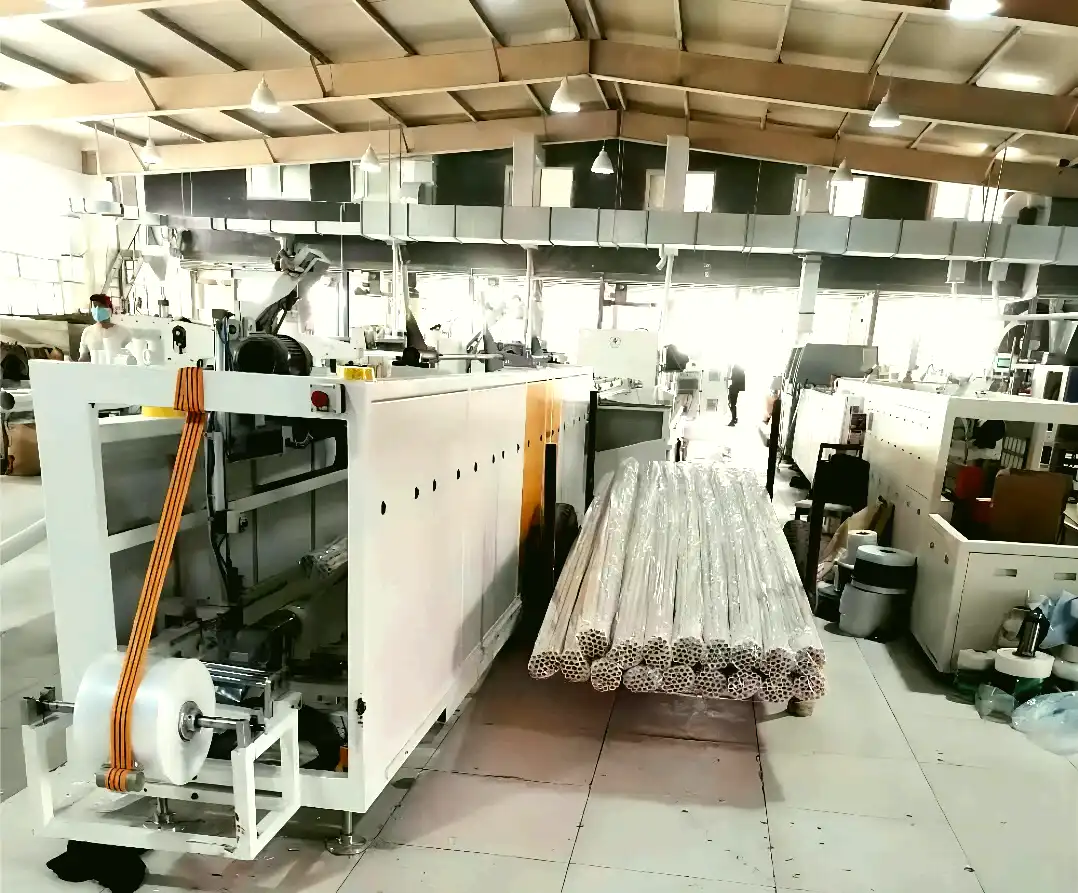
3. Key Benefits of Automation
Implementing an automatic steel rod bagging machine provides several operational advantages:
- Increased Efficiency: Significantly higher throughput compared to manual or semi-automatic methods.
- Improved Product Protection: Secure bagging shields rods from moisture, dust, and scratches, reducing corrosion risk and material damage.
- Enhanced Safety: Minimizes manual handling of heavy, potentially sharp-edged rods, reducing the risk of worker injuries.
- Labor Cost Reduction: Frees up personnel for other value-added tasks.
- Package Consistency: Ensures uniform package appearance and protection level.
- Inventory Management: Bagged and often labeled bundles are easier to count, track, and manage in storage.
4. Primary Applications Across Industries
Steel rod bagging machines are vital in several key sectors:
4.1. Construction Industry Supply Chains: Ensuring Material Integrity
Steel rods (rebar) are fundamental for reinforcing concrete structures. Bagging protects these rods from rust and contamination during transport and on-site storage, ensuring they meet quality specifications and bond effectively with concrete. Efficient packaging streamlines logistics, ensuring timely delivery to construction sites.
4.2. Steel Manufacturing Plants: Optimizing Production Output
For mills and metal processors producing steel rods, automating the final packaging stage is crucial. It prevents bottlenecks, allows for continuous operation, and integrates smoothly with cutting, bundling, and weighing systems, thereby maximizing overall plant efficiency and capacity.
4.3. Logistics and Warehousing Operations: Improving Handling and Storage
Bagged steel rods are significantly easier and safer to handle using forklifts or cranes compared to loose bundles. The uniform packaging optimizes truck loading and warehouse storage density. This enhanced manageability reduces handling time, minimizes damage during transit, and improves overall operational safety in distribution centers.
5. Considerations When Selecting a System
Choosing the right steel rod bagging machine requires careful evaluation of:
- Product Specifications: Rod diameter range, length variations, bundle sizes/weights.
- Throughput Requirements: Required packaging speed (bundles per minute/hour) to match production output.
- Bag Material Needs: Type and thickness of film required for adequate protection based on storage/shipping conditions.
- Integration: Compatibility with existing upstream (cutting/bundling) and downstream (conveying/palletizing) equipment.
- Level of Automation: Degree of automation needed versus available budget.
- Space Availability: Footprint constraints within the facility.
- Supplier Support: Availability of technical support, spare parts, and maintenance services.
6. Maintenance and Safety Protocols
Regular maintenance, including lubrication, inspection of sealing elements, and sensor checks, is essential for reliable operation. Adherence to safety protocols, ensuring guards are in place and operators are properly trained, is paramount to prevent accidents in an automated environment.
By automating the packaging process, steel rod bagging machines deliver substantial improvements in efficiency, safety, and product protection, making them an indispensable asset in modern steel handling and distribution operations.
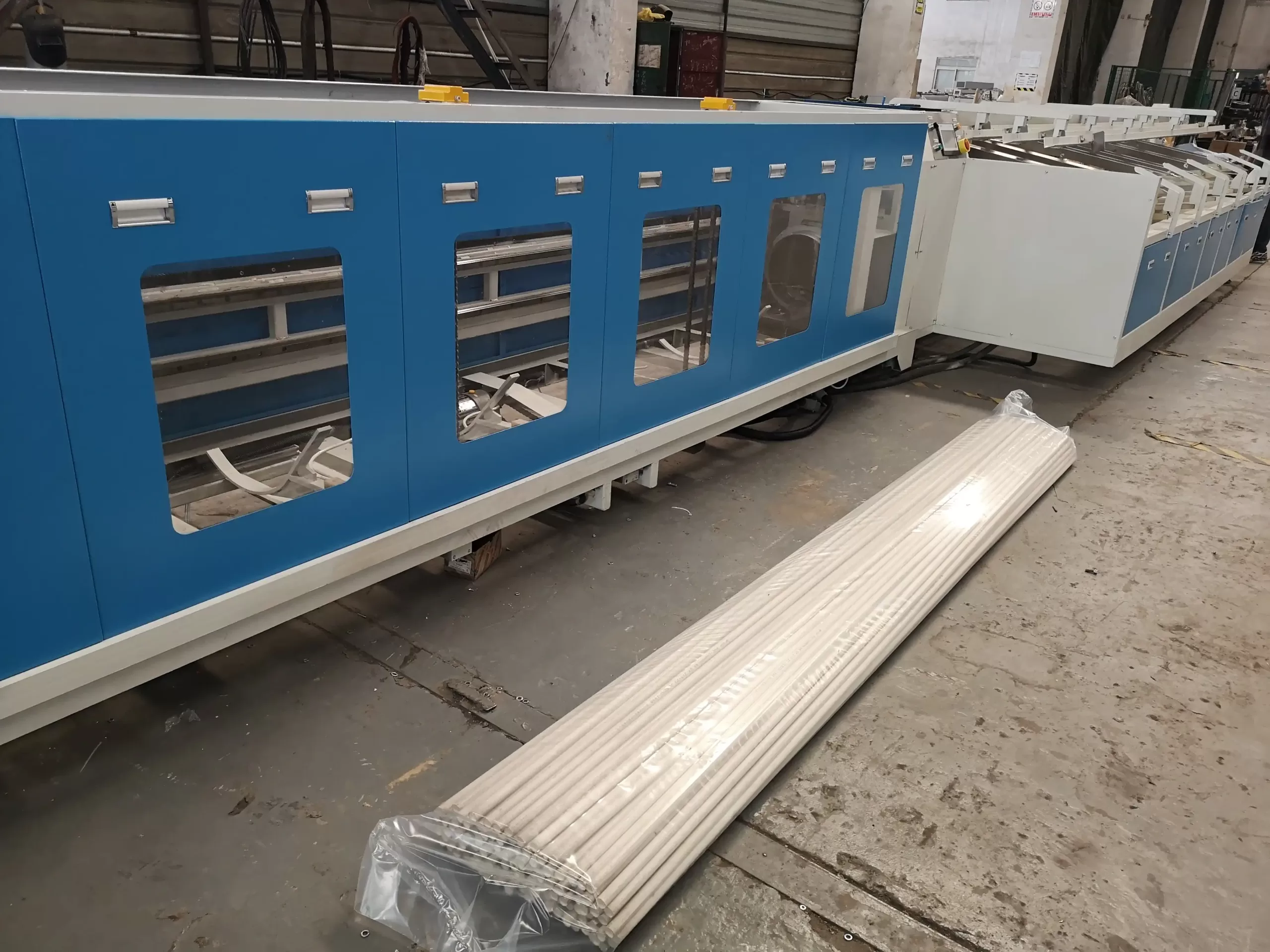
Related System Information:
For details on a similar automated process focused on steel tubes, you can explore the following resource:
https://www.fhopepack.com/Automatic-Steel-Tube-Packing-Line/

